- News
-
-
-
-
-
Latest News Articles
- Wildlife Vocalizations: Kylie Perez April 19, 2024
- Warning drivers about wandering wildlife April 19, 2024
- 2024 TWS Elections: Canadian Representative April 18, 2024
-
-
-
- Wildlife Professional Resources
-
- Our Network
-
- PUBLICATIONS
-
-
Recent Posts
-
 The Wildlife Professional November/December Issue
November 1, 2023
The Wildlife Professional November/December Issue
November 1, 2023
-
-
-
-
-
-
- Wildlife Events
-
-
-
Upcoming Webinars
- No Events
-
-
-
- Who We Are
-
Category: TWS Wildlife News
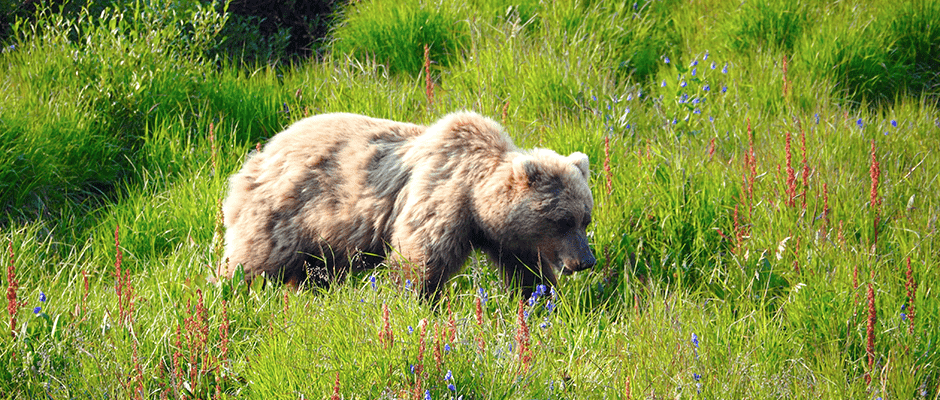
September 8, 2017
Legal developments in the ESA status of the grizzly bear
The status of grizzly bear populations under the Endangered Species Act is facing mounting legal arguments in the courts since August. There are five populations of grizzly bears in the...
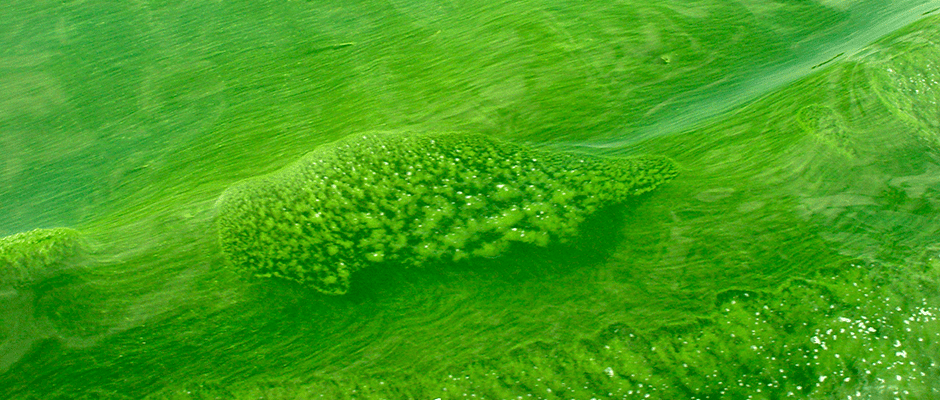
September 7, 2017
With climate change, fun in the sun may mean fun in the scum
As climate change warms the planet, algal blooms may leave lakes throughout the United States covered with scum, harming aquatic ecosystems and interfering with people’s enjoyment of the water. “If...
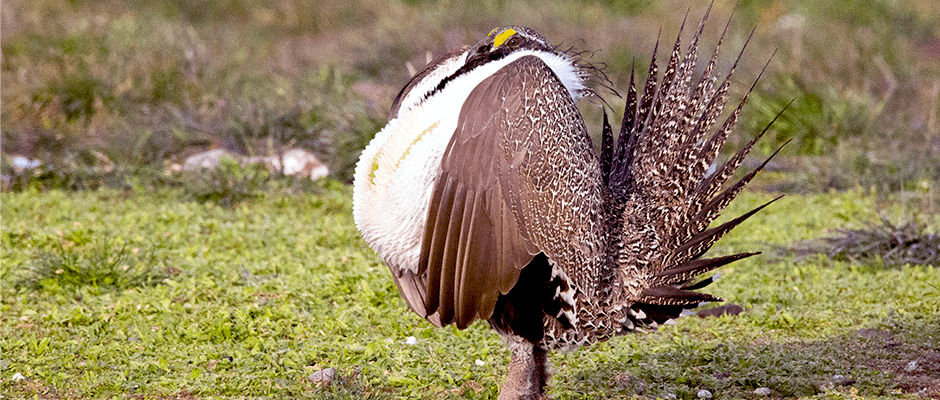
September 7, 2017
Sage grouse Conservation Credit System used in Nevada
The State of Nevada has released the first credits for sale under its Conservation Credit System (CCS) to mitigate impacts to sage-grouse habitat. The CCS was developed through a collaborative...

September 6, 2017
Wild Horse and Burro Summit highlights science and urgency
Bureau of Land Management rangelands can only support around 27,000 horses and burros, yet nearly 73,000 live on these ranges and over 45,000 are held in off-range facilities, which cost...
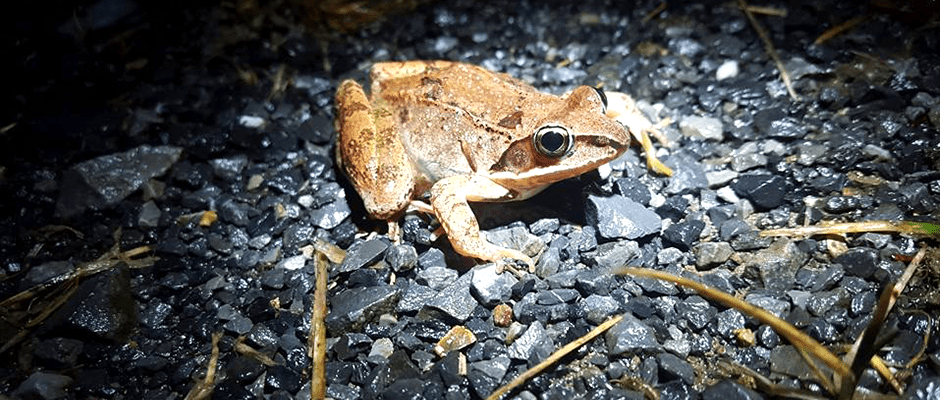
September 6, 2017
Climate change brings varying risks to wood frogs
Wood frogs (Lithobates sylvaticus) can survive freezing solid in the winter, but they may have a harder time facing warmer temperatures brought on by climate change. A paper published in...
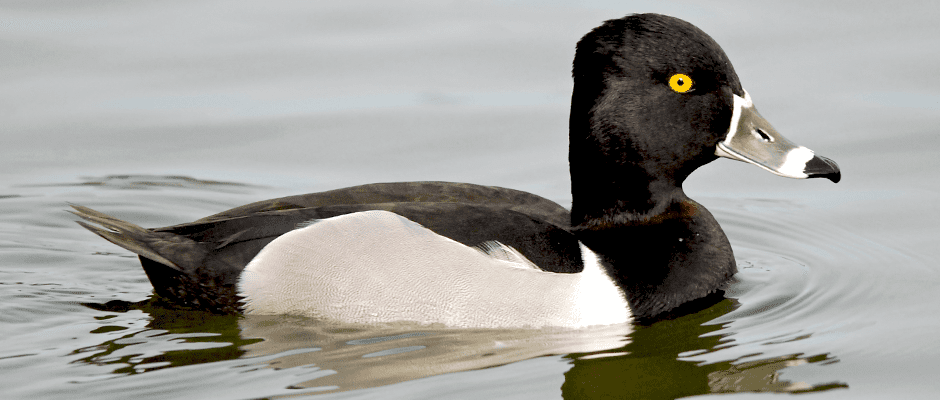
September 5, 2017
JWM study: Contaminated game raises health concerns for hunters
When you buy meat in the supermarket, it’s been subjected to safety testing before being packaged and stacked in the refrigerator case. But hunters who eat game meat may be...

August 31, 2017
Evolutionary history can help conserve salmon
Even within highly connected populations, genomics can help inform conservation by identifying specific adaptive variations that may require supplemental protection to prevent the loss of certain ecological and societal benefits,...
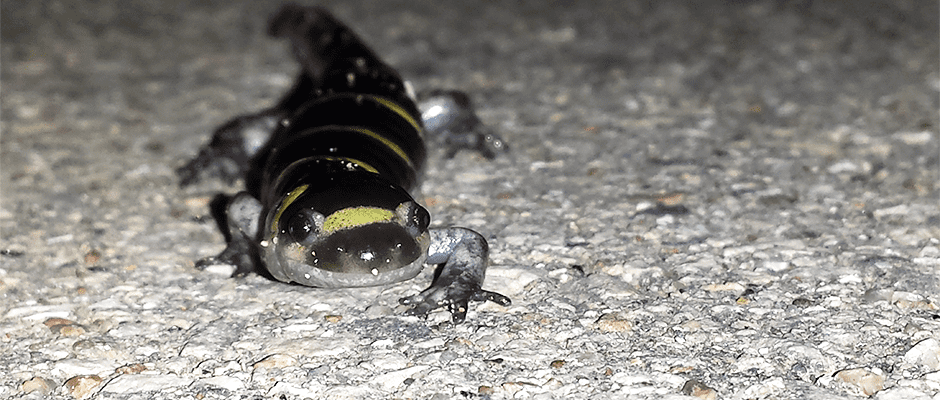
August 30, 2017
Salamanders’ breeding season affects dispersal, gene flow
Recent research on salamander gene flow in the forests of Missouri indicates that when deciding which ponds to protect on a landscape to conserve amphibian populations, biologists should pay attention...
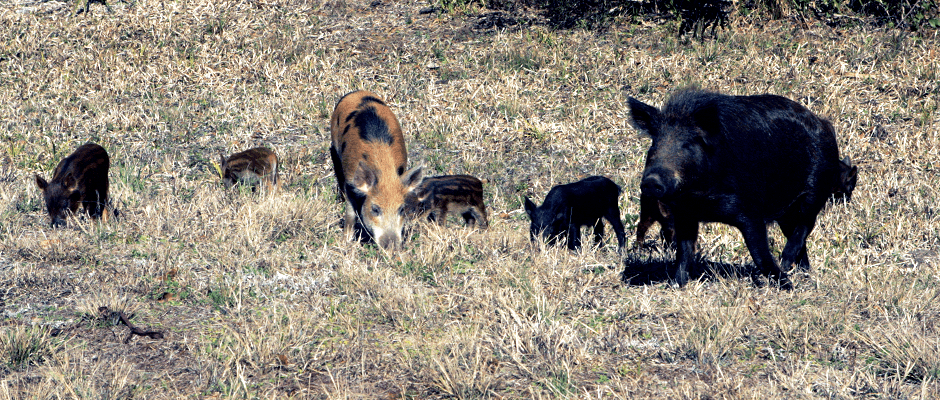
August 30, 2017
Model predicts wild pig distribution in Saskatchewan
There are some preconceived notions that free-ranging wild pigs (Sus scrofa), an invasive species in North America, are unlikely to survive in cold areas since many of them are invading...

August 29, 2017
‘Got one!’: Agencies complete collaborative frog survey in Nevada
“Got one!” A voice calls out across a field of waist-high sedge. Nets dip and splash into the tiny, yet deceptively deep pond in search of elusive prey while feet...

